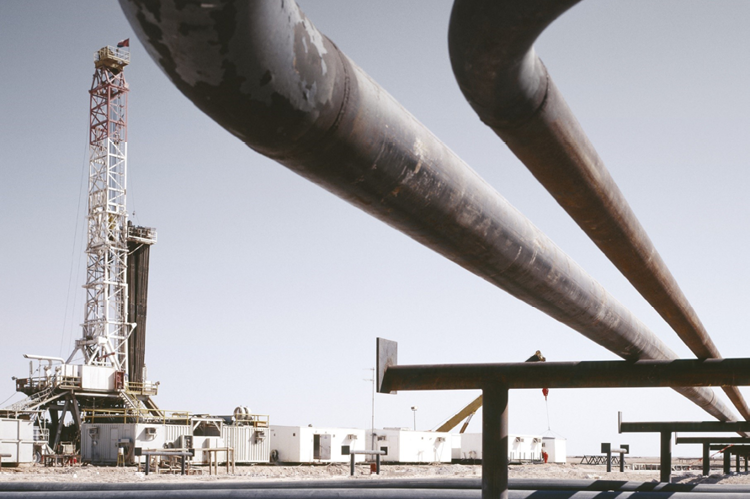Application of Pipeline QRA Methodologies to Hydrogen Pipelines in Support of the Transition to a Decarbonised Future

Hydrogen is expected to play a key role in the decarbonised future of energy. For hydrogen distribution, pipelines are seen the main method for mass transport of hydrogen gas. To support the evaluation of risk related to hydrogen pipelines, a revised QRA methodology is presented based on currently available and industry accepted guidance related to natural gas. The QRA approach is primarily taken from HSE UK’s MISHAP methodology [1]. The base methodology is reviewed and modifications suggested to adapt it for use with hydrogen gas transport. Compared to natural gas, it was found that the escape distances (based on the degree of heat flux) for hydrogen was lower. However, as for the overall risk, for both individual and societal, the case with hydrogen was more severe. This was driven by the increased ignition probability of hydrogen. The approach may be used as part of the review and appraisal process of hydrogen projects.

